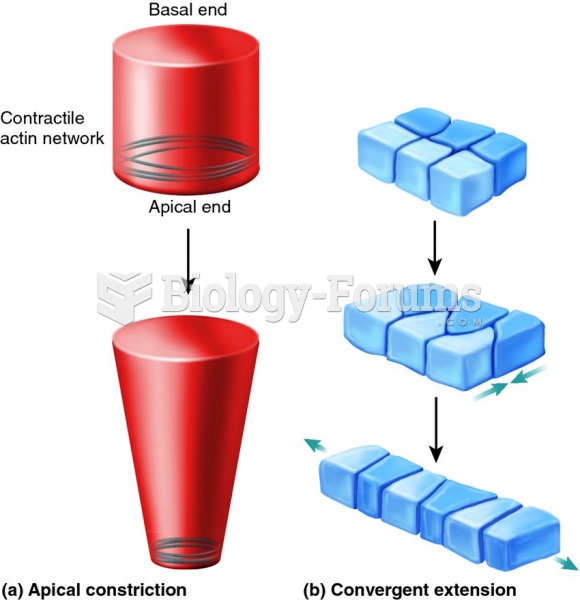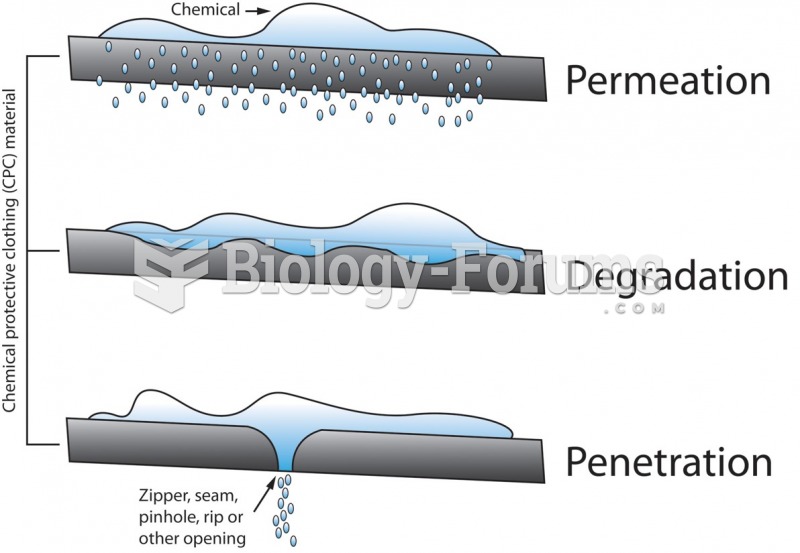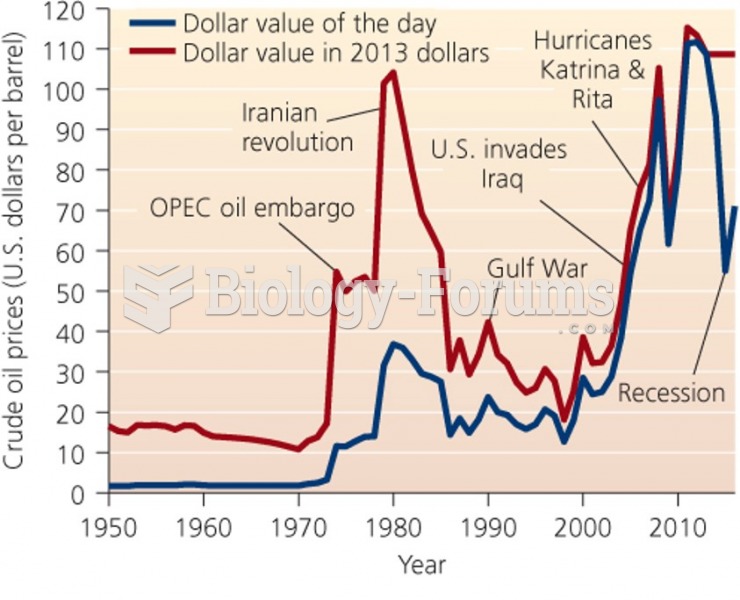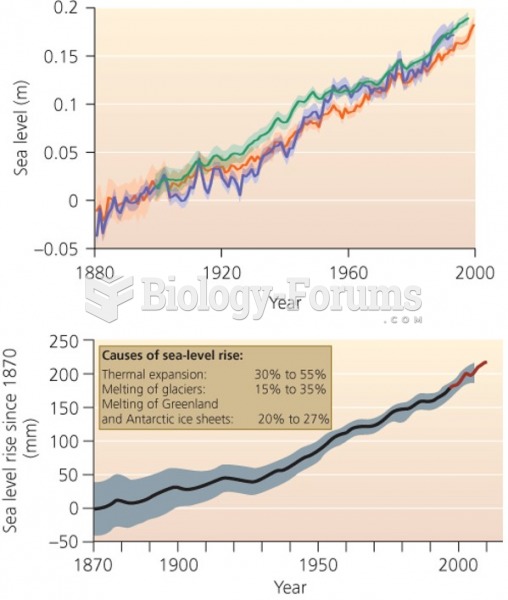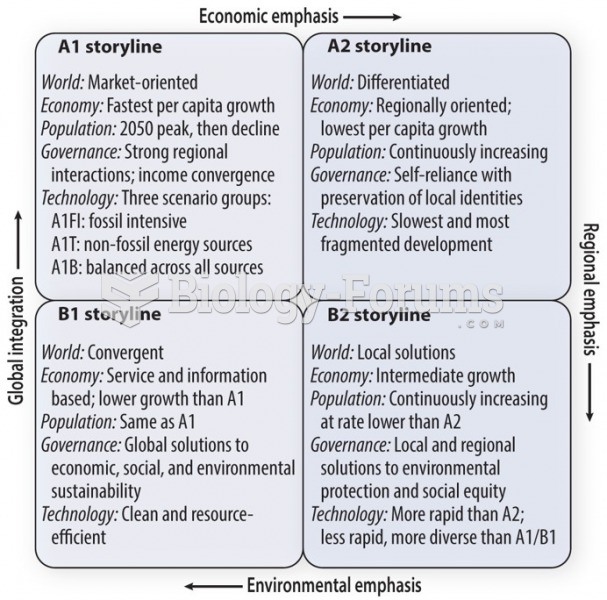Answer to Question 1
When an activity is relocated to a contract manufacturer in another country, it is commonly called offshoring. The business case for outsourcing varies by situation, but the reasons often focus on cost and capacity issues. The outsourcing strategy commonly provides a more viable means to variable capacity at a lower cost than the flexibility strategy.
Other reasons for production outsourcing include the following:
The ability to focus on core competencies by getting rid of peripheral ones
Lack of in-house resources
Getting work done more efficiently or effectively
Increased flexibility to meet changing business and commercial conditions
Tighter control of budget through predictable costs
Lower ongoing investment in internal infrastructure
Access to innovation and thought leadership
While outsourcing has proven to be a valuable strategy whose popularity has grown dramatically, it is important to conduct a full analysis of the benefits and drawbacks of offshoring. Moving production offshore raises transportation costs, inventory carrying costs of goods in transit, customs costs, and some hidden expenses. As production spreads out among multiple facilities in different countries, it becomes more difficult to maintain visibility and synchronize activities. Finally, companies may lose control over quality, intellectual property rights, and customer relationships.
Answer to Question 2
Forward integration happens when a manufacturer opens its own retail stores. For example, Ralph Lauren clothes tend to be found in department stores, but now it has a few flagship stores where you can browse its entire line (rather than just the select items at, say, Bloomingdale's). On the other hand, backward integration happens when a manufacturer takes control of some of the raw material inputs. Barnes & Noble is an example. It started doing warehousing, stocking thousands of books, and it also started publishing classic book reprints.


